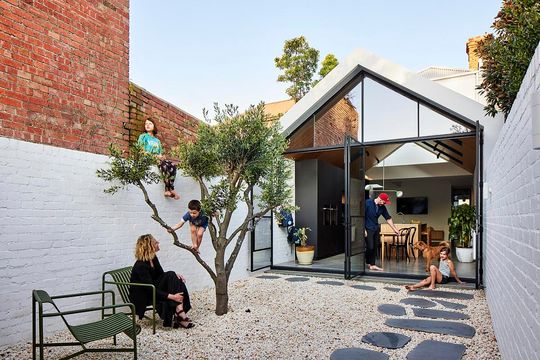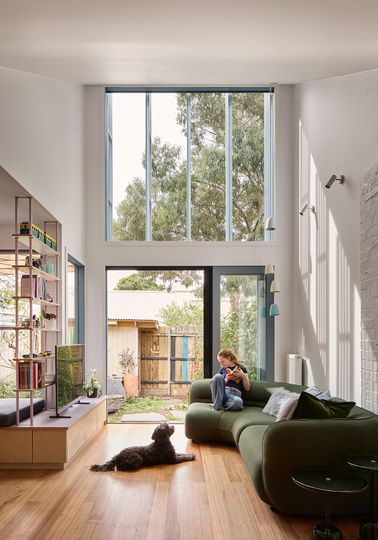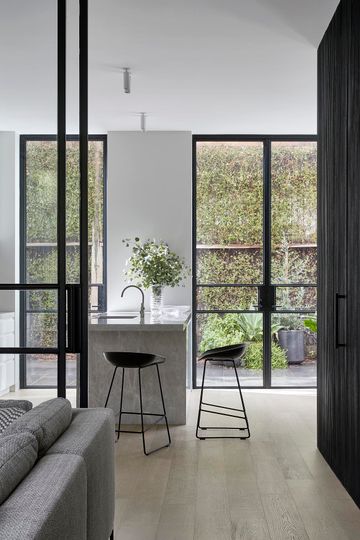Australians love their space. In fact, we’ve got some of the biggest homes in the world. Yep, on average, our homes are larger than those in the US, the UK, and just about everywhere else. We’re talking big bedrooms, sprawling kitchens, and bathrooms you could swing a cat in (though please don’t).

But here’s the thing: do you really need all that space?
If you’re living in a home that feels too big for your needs—empty bedrooms, unused formal living areas, a yard that takes a full weekend to mow—you’re not alone. Bigger homes come with bigger bills, more cleaning, more maintenance, and more time spent managing stuff you don’t actually use. And let’s be honest—how often are you really hosting a crowd?
What if you could enjoy the benefits of a large home without the costs, clutter, or maintenance? Enter the smarter, more flexible way to live: a right-sized home designed for real life—one that prioritises generous living spaces, clever storage, and adaptability over square metre bragging rights.

Instead of building five bedrooms and only using two, why not pour that budget into creating one truly special open-plan living area where you actually spend 90% of your time? Think high ceilings, natural light, seamless indoor-outdoor flow—the good stuff.
Then, sprinkle in a couple of flexible ‘third spaces’ that can shift and adapt as needed. One week it’s a yoga nook, the next it’s a guest room, and the week after that it’s your creative studio (or let’s be honest, your laundry folding station, but with a view).
Still worried about guests? Don’t be. With smart planning, you can create a section of your home that can be closed off and used as a private retreat for visitors—think a small living space, bedroom and bathroom with its own entry. Bonus points if it can double as a short-term rental when it’s not in use.

Imagine it: your house not only adapts to your lifestyle but actually helps fund it. Whether it’s visiting family, interstate mates, or complete strangers paying for the privilege—flexible spaces mean more freedom (and a bit of cash on the side).
And let’s not forget upkeep. The more you build, the more you clean. The more you maintain. The more things break. The more you have to heat and cool and power. It's a lot. A smaller, smarter home means less stress, fewer bills, and more time to enjoy the space you’ve created.
Downsizing doesn’t mean giving up. It means leveling up—designing a home that serves you now and in the future. A home that adapts. A home that feels spacious where it matters and flexible where it counts.
And here’s where a good architect comes in. An architect can help you right-size your home so it’s not just a checklist of bedrooms and bathrooms, but a space that genuinely works for the way you live. Whether it’s opening up the living space for connection, or designing a guest area that earns its keep, they’ll help you create a home that feels effortless, intuitive, and most of all, a joy to be in.

So before you double your floor plan “just in case”, take a breath. Because bigger isn’t always better—but better design always is.